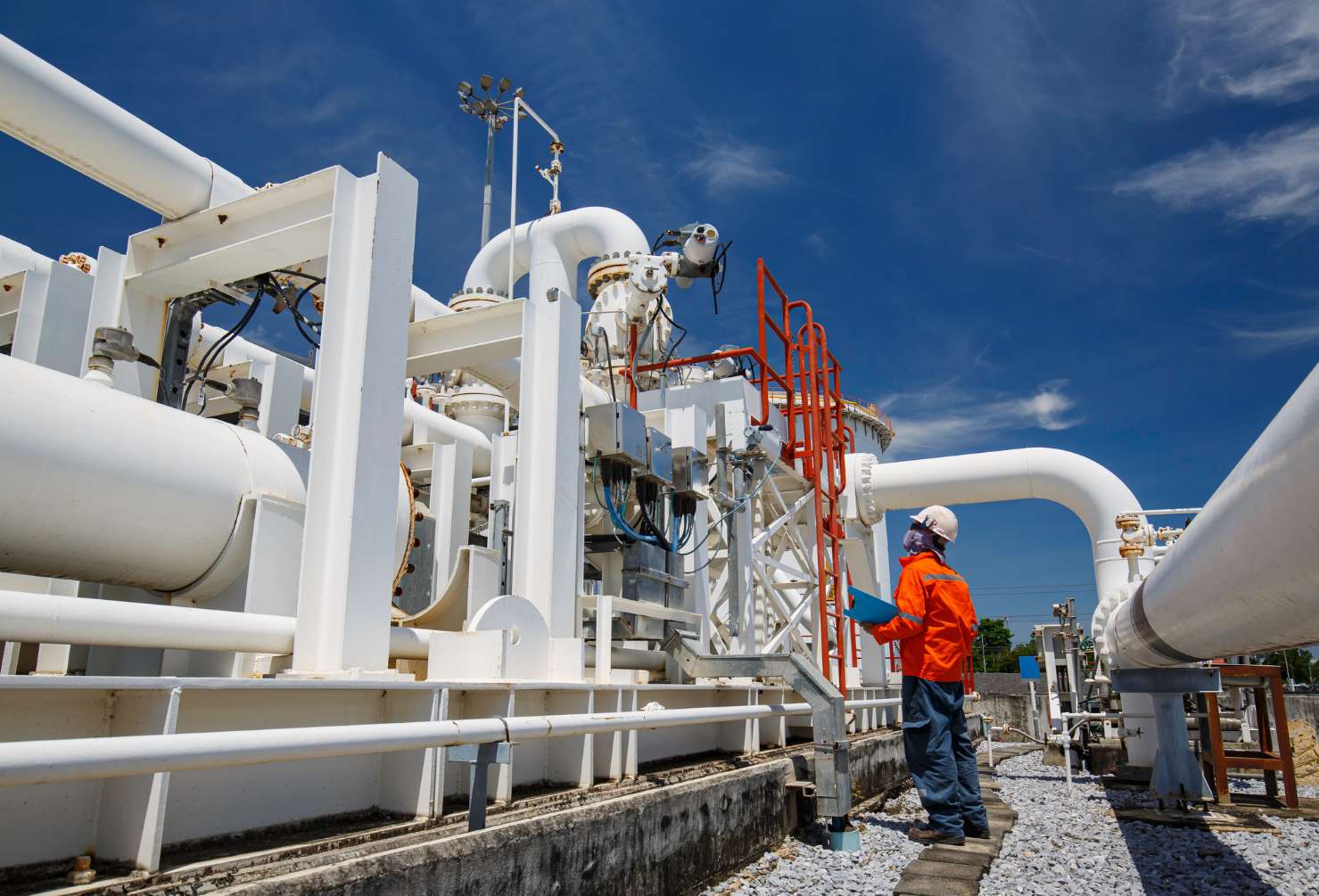
The energy industry is evolving — and with it, so are career paths. Workers across Australia’s oil and gas sector are asking: Is now the time to pivot? With constant noise around renewables, climate targets and project uncertainty, it’s understandable to feel unsure.
But here’s the truth: oil and gas isn’t going anywhere and for many, staying the course could be the smartest move yet.
1. Demand for Oil and Gas Remains Strong
Despite global headlines about clean energy, natural gas remains a pillar of Australia’s domestic and export economy, especially as Asia ramps up long-term demand.
Key facts:
- LNG exports account for over $90 billion annually, with long-term offtake agreements locked in through the 2030s.
- Projects like Scarborough, Barossa and Turrum Phase 3 are progressing rapidly, creating jobs across upstream and midstream operations.
- Many energy majors are pulling back from wind and solar investments and re-investing in core hydrocarbon portfolios.
What this means for workers: Skilled oil and gas professionals, especially in ops, maintenance, engineering, HSE and logistics will continue to be in high demand.
2. Pay and Stability Still Favour Oil & Gas
While many workers are tempted by the idea of renewables, the reality of pay, benefits and career growth still leans heavily toward oil and gas roles.
What makes O&G stand out:
- Higher base pay and uplifts, especially for FIFO roles
- Larger, longer-term project scopes with consistent pipelines of work
- Better training, tooling and support infrastructure (especially in WA and NT)
Even junior roles like roustabouts, floorhands or trades assistants in the gas sector can out-earn mid-level positions in many other industries.
3. Australia Is Entering a New Gas Cycle
We’re not winding down, we’re ramping up.
The next 5–10 years are forecast to see:
- East Coast gas shortfalls by 2027, boosting exploration and compression work
- WA growth corridors from Scarborough and Pluto Train 2
- New domestic supply agreements like Tamboran & Arafura driving Territory-based demand
In short: the work isn’t drying up, it’s just shifting and those who stay engaged are best positioned to benefit.
4. The Transition Will Still Need Oil and Gas Workers
Even as net-zero targets stay on the table, the actual transition period spans decades — and hydrocarbons will continue to play a bridging role. What’s more, many emerging sectors (like hydrogen or CCS) will rely on the same skills found in oil and gas.
Transferable roles:
- Instrumentation & electrical techs
- Mechanical fitters and pipeline welders
- Process operators and commissioning specialists
- HSE officers with shutdown/turnaround experience
By staying in the industry, you’re keeping skills current that are still highly relevant across the future energy mix.
5. Career Growth Is Happening Inside the Industry
Think you need to leave oil and gas to advance? Think again.
Across the sector, we’re seeing a new wave of career progression pathways, especially for field-based workers looking to move into:
- Supervision and frontline leadership
- Planning and scheduling roles
- Training and mentoring positions
- Safety, compliance and auditing jobs
Companies are investing in internal upskilling because they know external labour is tight. If you’re ready to grow, you don’t need to jump industries, just raise your hand.
6. Renewables Aren’t the Safe Bet They Once Seemed
While renewables are a critical part of the future, the boom-and-bust cycle of wind and solar in Australia has left many workers without stable roles.
- Major wind projects have been cancelled or shelved indefinitely
- Offshore wind farms face long permitting delays
- Many large companies have scaled back hiring in solar/hydrogen
For jobseekers, this means shorter contracts, lower pay and limited project pipelines, at least for now. Oil and gas still offers greater consistency and a clearer path forward.
7. If You Do Leave, Do It on Your Terms
There’s nothing wrong with exploring new industries, but if you’re considering leaving oil and gas, make sure you’ve answered the following:
- Have I reached the ceiling in my current role?
- Is this a pull toward something better? Or a push from fatigue?
- Am I leaving long-term growth potential behind?
- Do I have a solid plan to retrain or re-certify?
The grass isn’t always greener — sometimes, it just needs another coat of diesel.
Final Thoughts
Oil and gas has always been a cyclical industry, but right now we’re entering a new investment and growth phase. The opportunities are there. The pay is strong. The work is varied and challenging. And the skills you’ve built are more valuable than ever.
If you’re feeling uncertain, that’s normal. But don’t jump ship without seeing where the tide is heading. For many workers, staying in the game could be the smartest move of all.
Thinking About Your Next Role?
At Enxgy, we work with project owners and contractors across Australia’s biggest oil and gas developments. Whether you’re on-site, in the office or in transition, we’ll help you find your next opportunity and make it a step up, not just a step away.





